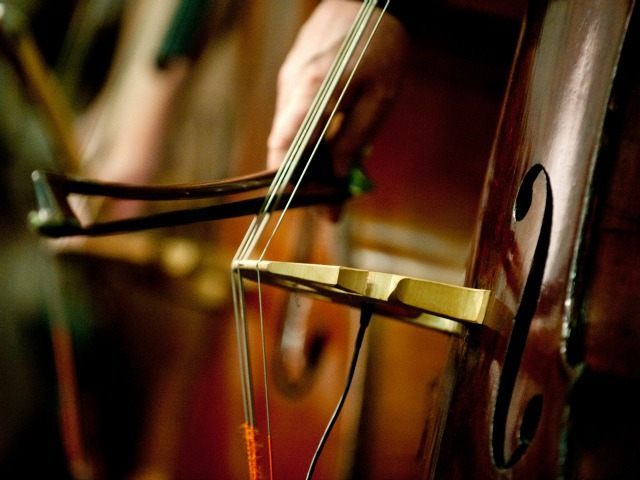In a prolix essay for The Monthly, Australian pianist Anna Goldsworthy laments the seemingly imminent death of classical music, pointing out that the age of the average American audience at a symphony concert in 1937 was 30, but according to the Australian Bureau of Statistics the largest proportion of attendees at classical music concerts in 2009–10 was aged 65–74.
Goldsworthy admits: “It can be a difficult thing to love. And yet, at its best, in a spellbound hall, when a performer spares herself nothing onstage, it is an experience like no other: a room full of people, meditating communally on human experience, framed by a silence that is rare in our lives today.”
Goldsworthy posits that the simple length of classical music may impede its success with contemporary audiences, quoting The Presets’ Julian Hamilton asserting, “I personally count it as a win if I am able to hold a fan’s attention right through to the chorus of a new song before they click on another link to some place else.”
Another factor she presents for the decline in classical music popularity is its ubiquity, writing, “The advent of recording allowed music to be everywhere – in the car, in the supermarket, in the bathroom – and yet we attend to music less than ever.”
Goldsworthy laments the execrable habit of filmmakers to use classical music in ways utterly unrelated to the composer’s intent, noting, “In The Silence of the Lambs, Hannibal Lecter snacks on a human face while listening to Bach’s Goldberg Variations; in the Die Hard franchise, Beethoven’s Ninth Symphony – that great ode to freedom – becomes a leitmotif of terrorism.”
Goldsworthy recalls a woman saying to her, “It’s all part of beautiful living,” after an “exclusive chamber music weekend” in a winery, contrasting that elitist attitude to starving Russian musicians receiving an hour-long ovation after performing Shostakovich’s Symphony No. 7 in Leningrad while the city was under siege in 1942.
The invention of television comes into play, as the author points out, “By the 1960s, families were less likely to gather around the piano than around the television; by the 21st century, they were no longer gathering around anything, but communing with private screens in their own private rooms.”
Finally, over 4,000 words into her essay, Goldsworthy comes to the point:
But even if our leaders do not share Whitlam’s commitment to cultural heritage, there are good pragmatic reasons to invest in music education. Ironically, it might even contribute to Growth. Countless studies reveal that music education will improve our children’s executive function, social ability, literacy, numeracy, concentration, brain function, fine motor skills, creative thinking, working memory, study habits, and even their self-esteem … Research suggests that only 23% of government schools offer “continuous and developmental” music education, compared to 88% of independent schools. None of this bodes well for audience renewal, and, more problematically, it is a serious equity issue. Children of privilege enjoy the benefits of early music training, and the gap widens. It is no surprise that classical music becomes elitist, when only the privileged are taught its language.
Just before the end of her essay, Goldsworthy writes, “In my darkest moments, I wonder whether a transgenerational empathy is still possible, or whether we are drifting so far from the world of Beethoven and Schubert that they will soon have nothing to say to us. And if Beethoven becomes mute, Shakespeare cannot be much further behind.”
Of course, Goldsworthy has plenty to worry about; the doom of classical music and Shakespeare looks inevitable, as Western culture jettisons its connections with the past to embark on its journey toward emptiness.
But Goldsworthy misses the essential point: art is a reflection of the values espoused by its culture, not an essential pillar on which the culture stands. It is an ancillary aspect of the culture, not a fundamental element of its survival. What Goldsworthy and many other artists ignore is that the two fundamental pillars of Western culture, the nuclear family and Western Judeo-Christian values, are being savaged and left for dead by those who wish to destroy the West. If those two fulcrums of Western civilization are destroyed, the death of all Western traditions will inevitably follow, including classical music.
One cannot hope for a love of any artistic tradition reflecting the essential aspects of a culture while ignoring the parasites who consume the internal organs of that culture. When Goldsworthy and her friends in the artistic world are ready, willing and able to defend the moral underpinnings and traditions of Western culture, then they will earn the right to demand that the culture support their artistic tradition.

COMMENTS
Please let us know if you're having issues with commenting.